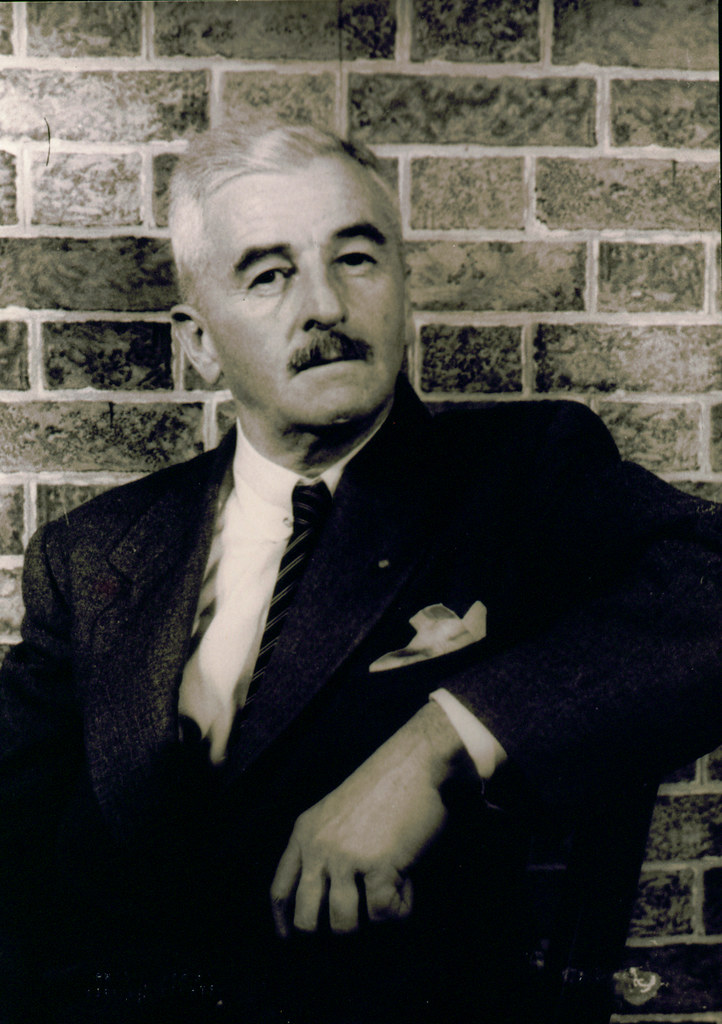
“The past is never dead. It’s not even past.”
William Faulkner, Requiem for a Nun
There is a lot of resistance to the idea that we should tell the truth about the racism embedded in our nation’s history. Part of that resistance is motivated by a desire to deny the power of racism today. Just bring up the topic and you’ll see how many people get over-the-top angry, a sign they sense have something deeply personal at stake. On the other hand, some genuinely believe that events from 50 or 150 or 500 years ago couldn’t possibly make a difference today. They think the past is dead.
Faulkner was right, of course, about the past not being dead, and there is a boatload of data on the intergenerational effects of wealth and poverty to support his argument that the past is always present. (See selected references at the bottom of this page.) I think we should be data-driven when possible, to keep our thinking grounded in the facts rather than assumptions, myths, or ideology. But every data point represents a story. This is mine.
My forebears entered this country when only Europeans were allowed to come. Some of them faced hardships, including discrimination, but they were here.

One of my forebears homesteaded a farm in Kansas on land the government seized from Indians. Only White people could do that. Imagine the difference today if Native Americans had been allowed to keep their land, or if newly-freed slaves had been allowed to homestead. In an agricultural age, land was the key to economic security. The forty acres and a mule the formerly enslaved were promised–but never received–would have had the kind of economic benefit that excellent K-12 schools plus free college tuition would have today.
A few generations later, my family found oil on that farm—not a lot, but it enabled my grandparents to buy their first house and begin to live a middle-class life.

When my dad came back from the Korean War, he couldn’t find a job, so he signed up for the GI Bill and went to college, something he’d never thought of doing before. It was a huge benefit—for White, male veterans only. I grew up believing that college was possible for me, too.
All my grandparents retired on social security. That’s not remarkable unless you know that most people of color in their generation didn’t qualify for social security. Farm hands and domestic servants weren’t eligible to sign up. This was done specifically to exclude most Black Americans and other people of color from the program.
When my wife and I bought a house forty years ago, my grandparents loaned us the money at below-market rates so that we could pay it off in ten years. 1940s oil money from an 1870s homestead became a 1980s mortgage, and I still live in that house. Three decades without a house payment is one important reason we’ve been able to save for retirement.

My wife and I have lived a stable, middle-class life because our forebears were White. They worked very hard, but millions of others worked just as hard without the opportunity to turn that work into financial stability. Hundreds of years of legal, pervasive discrimination in favor of White people provided me with significant advantage, and the legacy continues with my adult children.
Just one data point, just one example of how the past continues to be present. But it represents, in many ways, the story of White America. Our challenge now is to enable everybody’s hard work to pay off for them, so that stories like mine can become the story for all Americans, not just those of us who are White.
Information on the persistence of the racial wealth gap across generations:
Lerner, Michele (July 23, 2020). One Home, a Lifetime of Impact. The Washington Post.

